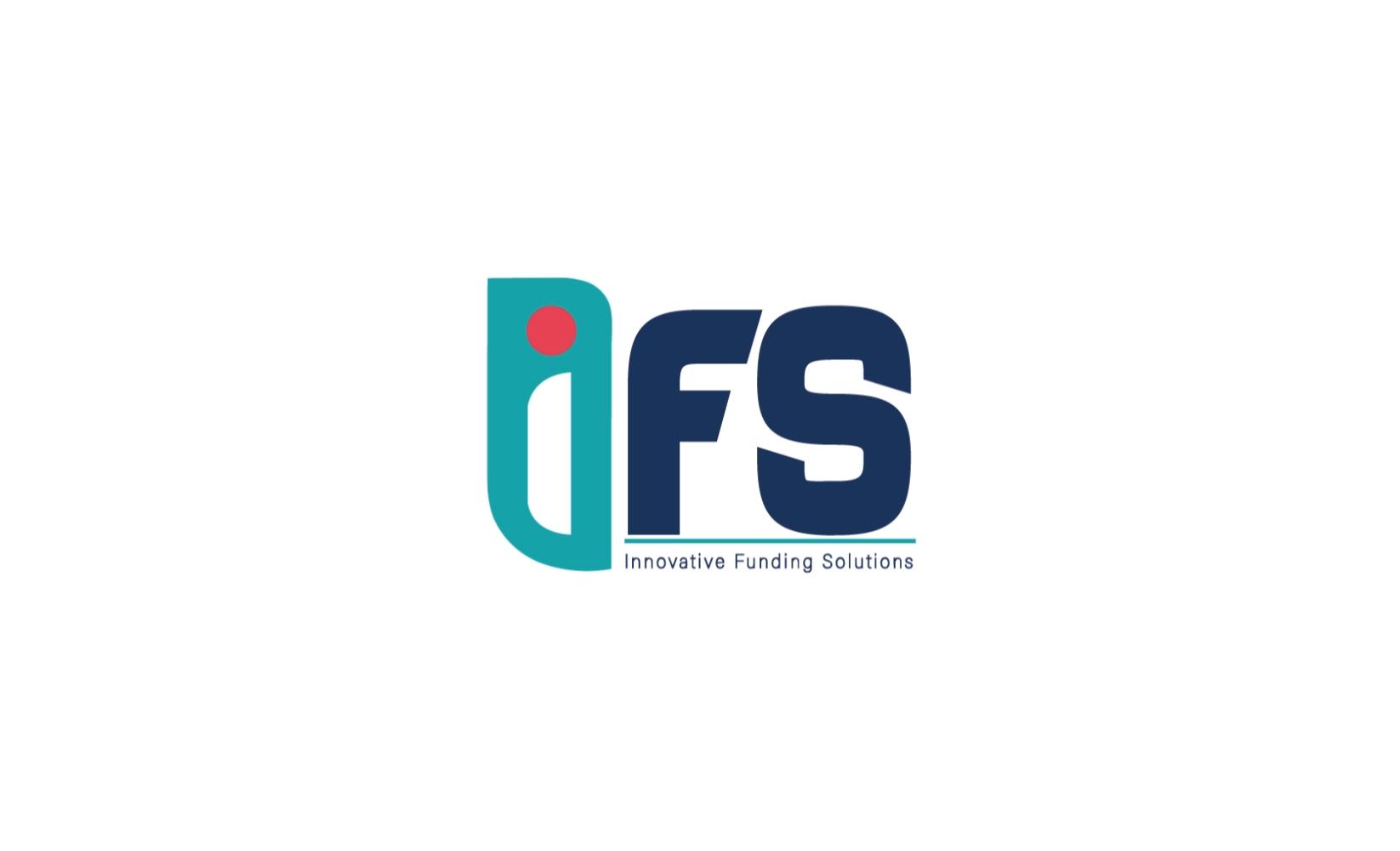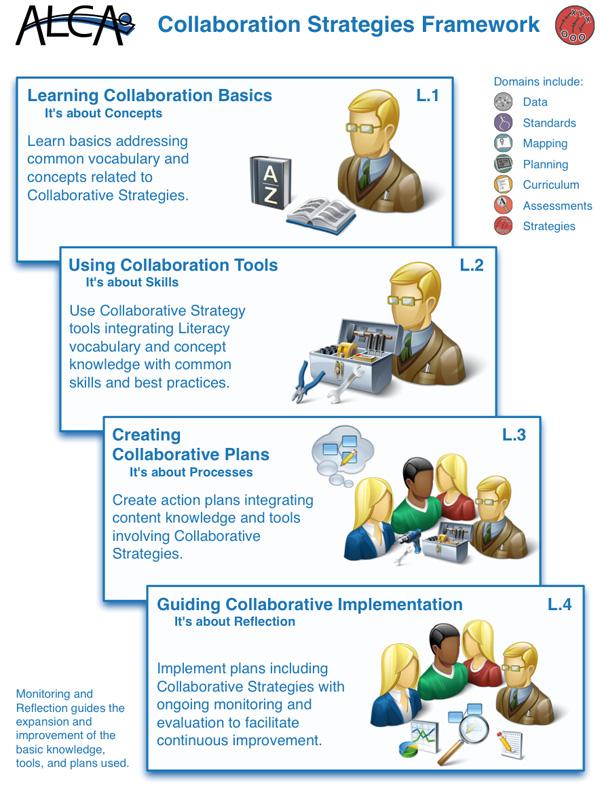In an era where environmental sustainability has become a cornerstone of corporate responsibility, the financial sector is taking on an unexpected but vital role in the fight against climate change. Bold banks are emerging as key players, stepping beyond traditional boundaries to tackle the often-overlooked emissions generated by global supply chains. As businesses worldwide seek to lower their carbon footprints, these financial institutions are not just providing capital; they are rethinking their strategies to drive change from the ground up. By implementing innovative financing models, demanding greater transparency, and championing sustainable practices, banks are leading the charge toward a greener future. This article delves into how these forward-thinking financial entities are reshaping the landscape of supply chain emissions and paving the way for a more sustainable economic paradigm.
Revolutionizing Finance: How Bold Banks Are Shaping Sustainable Supply Chains
In an era where environmental responsibility is increasingly paramount, forward-thinking financial institutions are stepping up to the plate to drive sustainable practices within supply chains. These innovative banks are harnessing their financial prowess to influence the operational strategies of businesses, ensuring that environmentally-friendly practices become the norm rather than the exception. With green financing options, institutions offer low-interest loans for projects focused on sustainability, while investment portfolios that prioritize eco-friendly companies are gaining traction. Through these avenues, banks are not just funding operations; they are setting the stage for a greener economic landscape, promoting energy efficiency, and advocating for the reduction of carbon footprints across various sectors.
Furthermore, the collaboration between bold banks and enterprises fosters a new framework for measuring and reporting emissions. By leveraging cutting-edge technologies like blockchain and AI, these financial leaders are creating robust systems that enable transparent tracking of supply chain emissions. This innovative approach ensures that businesses are held accountable and motivated to meet stringent sustainability standards. The impact of these initiatives is profound, contributing to a reduction in global emissions while enhancing corporate responsibility. The role of financial institutions in reshaping supply chains is undeniable, as they lead the charge toward a future where profitability and environmental stewardship go hand-in-hand.

Emission Transparency: The Role of Financial Institutions in Tracking Supply Chain Footprints
In an era where sustainability is becoming a paramount concern, financial institutions are stepping up as pivotal players in the fight against supply chain emissions. These institutions are integrating innovative technologies and strategies to enhance emission transparency throughout the supply chain. By leveraging data analytics and developing comprehensive environmental, social, and governance (ESG) metrics, banks are enabling businesses to make informed decisions about their sourcing and operational practices. This active tracking fosters accountability and encourages companies to adopt greener alternatives, ultimately decreasing their carbon footprints.
One major strategy being employed is the collaboration between banks and industry stakeholders to create standardized carbon accounting frameworks. These frameworks facilitate clearer reporting and benchmarking across diverse sectors. Key aspects of this approach include:
- Data Sharing: Banks are investing in platforms that allow real-time sharing of emissions data between suppliers and corporations.
- Incentives for Green Practices: Financial institutions are offering favorable loan conditions for businesses that demonstrate significant emission reduction efforts.
- Training Programs: Many banks organize workshops to educate clients on best practices for supply chain management and sustainability.
To illustrate the impact of these initiatives, consider the following table showcasing a comparison of emission reduction efforts among select banks:
| Bank | Emission Reduction Goal | Progress (2023) |
|---|---|---|
| GreenBank | Net Zero by 2030 | 50% reduction in supply chain emissions |
| EcoFinance | Carbon Neutral by 2025 | 40% reduction in carbon intensity |
| Renewable Finance | 100% renewable energy by 2025 | 70% of projects aligned with goals |

Innovative Funding Solutions: Empowering Green Practices Through Responsible Lending
In a world increasingly aware of climate change, financial institutions are rethinking the way they approach lending, prioritizing sustainability as a core value. Innovative funding solutions like green bonds and eco-friendly microloans are reshaping the lending landscape, enabling businesses to invest in sustainable practices without bearing the full financial burden. By aligning investment strategies with environmentally conscious goals, banks can support projects that have the potential to reduce supply chain emissions significantly.
These responsible lending initiatives often come with a unique set of benefits, including reduced interest rates, streamlined application processes, and access to expert advisory services. As competition between banks grows, key offerings are becoming more accessible, encouraging industries to pivot toward greener operations. Consider the following examples of what leading banks are implementing:
| Bank | Funding Initiative | Focus Area |
|---|---|---|
| Green Bank | Green Bonds | Renewable Energy Projects |
| EcoLend | Eco-Friendly Microloans | Sustainable Agriculture |
| Future Finance | Sustainability Grants | Waste Reduction Initiatives |

Collaborative Strategies: Building Partnerships for a Future-Focused Supply Chain Ecosystem
In a landscape where ecological responsibility is paramount, banks are emerging as pivotal players in reshaping supply chain dynamics. By fostering collaborative initiatives with businesses, they are not only addressing climate risks but also driving innovation towards sustainable practices. These partnerships often include:
- Shared Accountability: Engaging stakeholders in jointly tackling emissions.
- Investment in Green Technologies: Funding projects that aim to reduce carbon footprints.
- Data-Driven Insights: Leveraging analytics to streamline supply chain efficiencies.
Additionally, the financial sector is taking a proactive approach by implementing frameworks that encourage sustainable sourcing and ethical production. By integrating sustainability metrics into their evaluation processes, banks can motivate suppliers to adopt greener practices. Consider the following strategies:
| Strategy | Impact |
|---|---|
| Green Financing | Encourages eco-friendly supply chain solutions. |
| Partnerships with NGOs | Enhances community engagement in climate initiatives. |
| Risk Assessment Models | Identifies challenges related to resource sustainability. |
Future Outlook
As we navigate the complex landscape of environmental responsibility, it becomes increasingly evident that bold action is not just the prerogative of manufacturers and logistics firms—financial institutions play a crucial role as well. By taking the lead in financing sustainable practices and demanding accountability, these banks are reshaping the narrative around supply chain emissions. Their commitment symbolizes a significant shift in the way we approach climate change, turning financial influence into a powerful tool for transformation.
As we move forward into a more sustainable future, the actions of these banks could very well set a precedent for others to follow. It’s a clear reminder: meaningful change requires courage and collaboration across sectors. Whether through innovative financing options, rigorous investment criteria, or strategic partnerships, the financial sector’s bold moves will be essential in cutting through the emissions that threaten our planet.
As the momentum builds, it will be fascinating to watch how these initiatives evolve, and how they inspire a ripple effect throughout the global economy. The charge against supply chain emissions isn’t just a challenge—it’s an opportunity for innovation, resilience, and sustainability. The journey has just begun, and the role of bold banks will undoubtedly be pivotal in the pursuit of a greener tomorrow.
